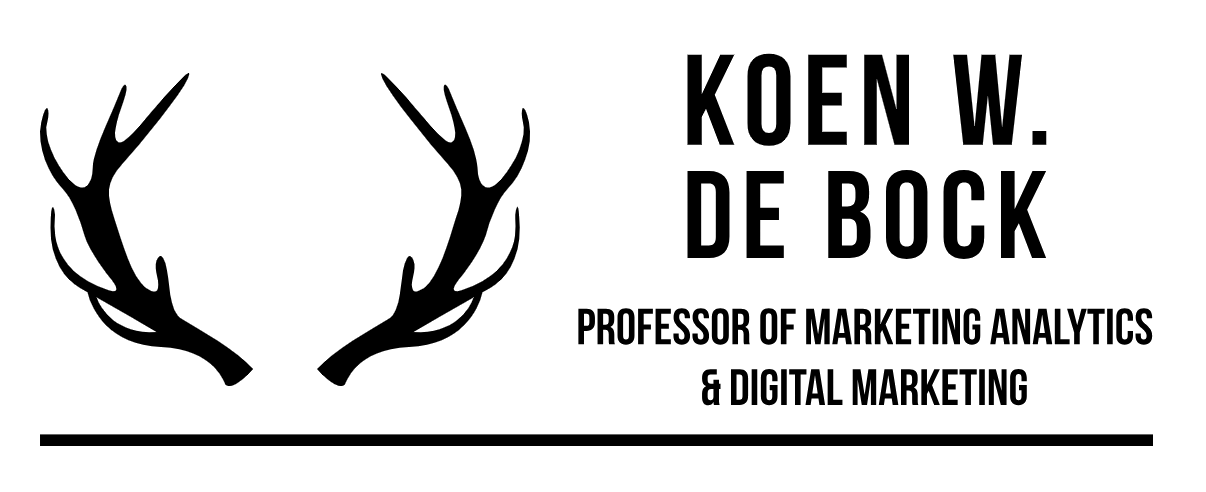The GAMens R package implements the GAMbag, GAMrsm and GAMens ensemble classifiers for binary classification (De Bock et al.,2010). The ensembles implement Bagging (Breiman, 1996), the Random Subspace Method (Ho, 1998), or both, and use Hastie and Tibshirani’s (1990) generalized additive models (GAMs) as base classifiers. Once an ensemble classifier has been trained, it can be used for predictions on new data. A function for cross validation is also included. The GAMens package (version 1.1.3) and its manual can be download here.
GAMens is a powerful method for predictive database marketing, as demonstrated in two applications. In (De Bock and Van den Poel 2012), GAMens is applied and modified in the context of customer churn prediction. In a set of experiments over 6 real-life data sets, GAMens was shown to outperform uncombined generalized additive models, and a selection of other ensemble methods significantly in terms ofAUC and top-decile lift. Another application of the method can be found in (Coussement and De Bock 2012), where GAMens was used to create a model to identify online gambling service users with a high probability to churn.
References:
- De Bock, K.W. Coussement, K. and Van den Poel, D., 2018, GAMens R package 1.2.1 reference manual (download).
- De Bock, K.W. and Van den Poel, D., 2012, Reconciling Performance and Interpretability in Customer Churn Prediction Modeling Using Ensemble Learning Based on Generalized Additive Models, Expert Systems With Applications, 39 (8), pp. 6816–6826 (link) (download preprint).
- De Bock, K.W. Coussement, K. and Van den Poel, D., 2010, Ensemble Classification Based on Generalized Additive Models, Computational Statistics & Data Analysis, 54 (6), pp. 1535-1546 (link) (download preprint).
- L. Breiman, 1996, Bagging predictors. Machine Learning, 24(2), 123–140.
- K. Coussement and K.W. De Bock, 2012, Customer Churn Prediction in the Online Gambling Industry: The Beneficial Effect of Ensemble Learning, forthcoming in Journal of Business Research.
- T. Hastie, and R. Tibshirani, 1990, Generalized Additive Models, Chapman and Hall, London.
- T. K. Ho, 1998, The random subspace method for constructing decision forests, IEEE Transactions on Pattern Analysis and Machine Intelligence, 20(8), 832-844.
